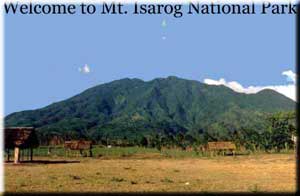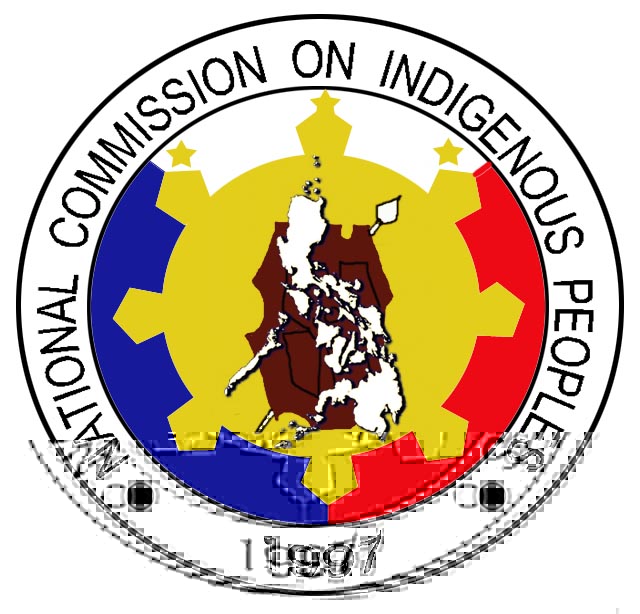Location
Natural Features
---Geographic Features
---Hydrologic Features
Land-use
Flora/Fauna
Around the Park
Gallery
General Management Plan
Project
SUMMIT
---Components
---Partners
---PAMB
---CARE
---NIPAP
---NCIP
Sign Guestbook
View Guestbook
|

The forest of Mount Isarog in southern Luzon where we captured the animal [Isarog shrew rat (Rhynchomys isarogensis)] in May 1988 is one of the most
remarkable places on earth. Orchids grew everywhere, and earthworms are so abundant that their cast-off piles of dirt nearly cover the ground. The small trees with twisted,
gnarled trunks and branches are so densely covered with moss that what we thought were tree trunks often proved to be stems no thicker than a thumb surrounded by inches of moss.
Even the ground is blanketed with this moss, at the top of a layer of humus two to five meters thick. Fog blows through the trees during most of the day and night, leaving
everything dripping with water, and torrential rains fall frequently during most months; the yearly total rainfall can reach 12 meters, more than 12 times as much as in Seattle.
Temperatures are low, never freezing but warm. The diversity of plants in the habitat is stunning: On one afternoon, I counted two species of clubmosses, five species of mosses,
and five species of saplings growing on a single log only a third of a meter long.
Lawrence R. Heaney
"Vanishing Treasures of the Philippines"
|















